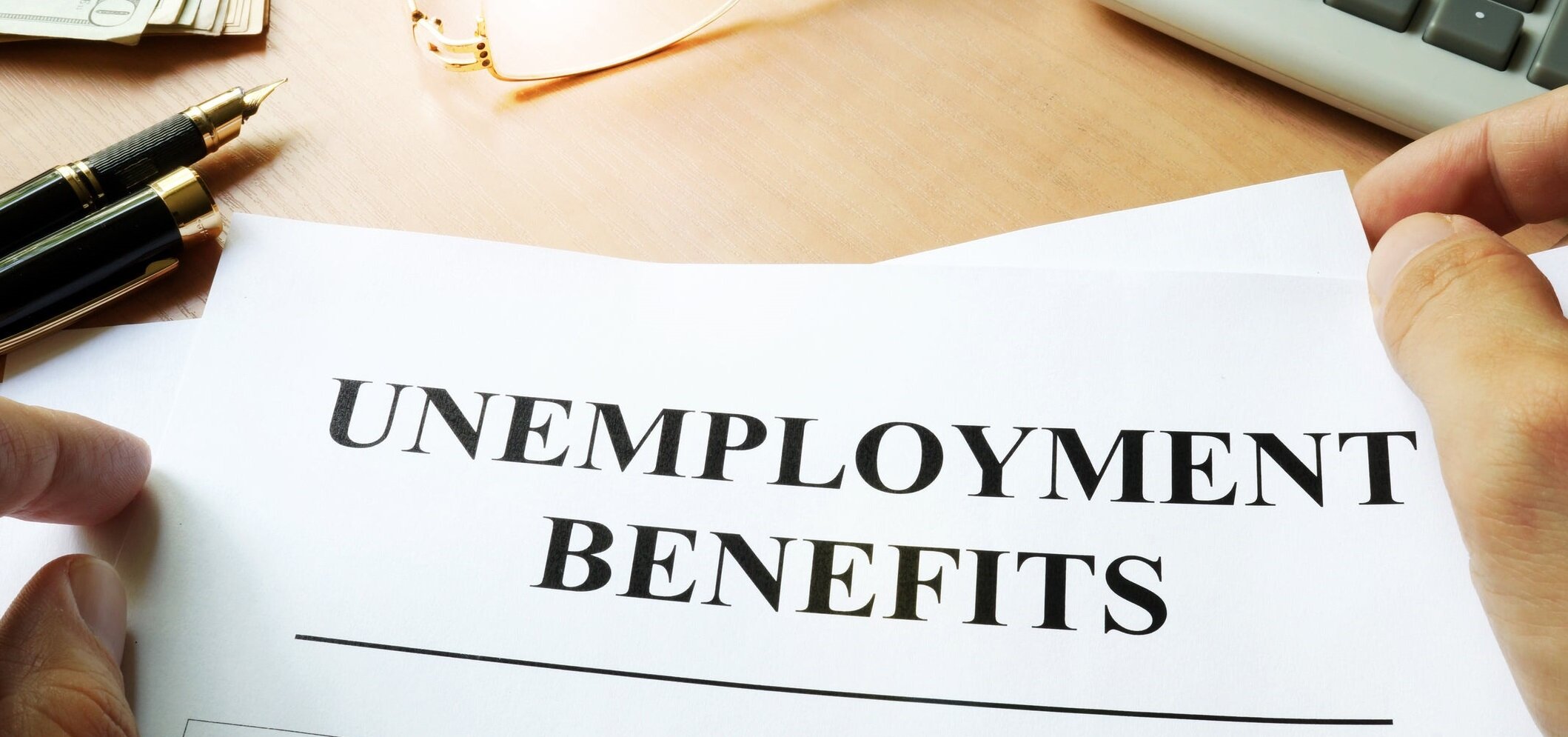Questions and answers on how Employees can File unemployment insurance claims according to Executive Order 20-05 and Executive Order 20-12.
Q1. How do I file for unemployment insurance (UI) benefits?
A1. Online, using a computer or smartphone. Go to www.Unemployment.IN.gov to file, and to see Frequently Asked Questions, the Claimant Handbook, and video tutorials.
Q2. What information do I need when I apply for unemployment insurance (UI) benefits online?
A2. You will need the following information to file:
A valid email account – your email address will become your Username;
Your personal information, including your: o Indiana Driver’s license or Indiana ID card;
- Address; o Social security number (SSN);
- Date of birth; and o Phone number.
Information about your last employer, including:
-Employer’s name/company name; o Employer’s mailing address;
-Employer’s phone number.
Information about your employment, including your:
-Dates of employment; and o The reason you are unemployed.
Your bank routing number and account number if you chose direct deposit as your payment option (NOTE: a debit card - Key2Benefits prepaid MasterCard® - is also available). AM I ELIGIBLE?
Q3. If my employer temporarily shuts down or lays me off because of COVID-19, will I be eligible for unemployment insurance (UI) benefits?
A3. Yes, if an employer must lay off employees due to COVID-19, the employees will be eligible for unemployment insurance (UI) benefits if they have earned enough wages to set up a claim (see Q10 below) and meet the weekly eligibility criteria. Employees must stay in contact with your employer and be available to work when called back by your employer.
Q4. If I am in quarantine based on a directive from my medical professional or my employer due to COVID-19, will I be eligible for unemployment insurance (UI) benefits?
A4. Yes, if you are not receiving sick pay or other leave pay from your employer, meet the minimum amount of wages, and the reason you are out-of-work is because of the medical quarantine, you will be eligible under Governor Holcomb’s Executive Order during this public health emergency.
Q5. If I cannot continue to work because I am caring for my child (or children) while their school or daycare is closed due to COVID-19, am I still eligible for benefits?
A5. Yes, if you are otherwise eligible, are not receiving sick pay or other leave pay from your employer, meet the minimum amount of wages, and the reason you are out-of-work is because of the school or daycare closure, you will be eligible under Governor Holcomb’s Executive Order during this public health emergency.
Q6. If I am compensated partially by tips, such as in the restaurant industry, will I be eligible for unemployment insurance (UI) benefits?
A6. If you are laid-off or have lost work related to COVID-19 and you meet the minimum amount of wages, then yes, you will be eligible. However, whether you meet the minimum amount of wages will probably depend upon how your employer reported your earnings to DWD in their quarterly reports. If your employer reported tips as part of your wages, then those tips are included in your base period wages.
If your employer did not report tips as part of your wages, it is possible, you will not meet the minimum. If you receive a DWD determination that you do not meet the minimum amount, you can appeal that determination and request that DWD includes the records of your tipped wages. If you have sufficient documentation, then your base period wages can be recalculated. Documents that will be considered include: pay stubs, W2, or any other type of documentation of payment from your employer. Sometimes a record of cash deposits to a bank account may be considered if no other evidence is available.
Q7. If my hours are reduced but I am still employed, can I apply?
A7. Yes, you may be eligible for benefits, but part-time employment during the week claimed will reduce the number of benefits paid for that week. To find out if you are eligible, start your application for benefits as soon as you know that your hours are being reduced. If you do work while receiving benefits, you must report any money you earned on the voucher for the week you worked (not the week you ultimately get paid for the work).
Failure to report the money you earned is fraud and can result in denial of benefits, collections actions, and criminal prosecution.
Q8. If I decide to remain at home because of COVID-19 with no directive from a medical professional or from my employer to do so, will I be eligible for unemployment insurance (UI) benefits?
A8. In most cases, no. However, the facts of each circumstance are important. You can file and DWD will evaluate your claim.
Q9. If I am not working due to COVID-19 and am receiving sick pay or other leave pay from my employer, will I be eligible for unemployment insurance (UI) benefits?
A9. No, individuals receiving sick pay or other leave pay are not eligible for unemployment insurance (UI) benefits. However, the facts of each circumstance are important. You can file and DWD will evaluate your claim.
Q10. What is the amount of wages I must earn to meet the minimum eligibility for unemployment insurance (UI) benefits?
A10. If you have not earned enough wages to meet the minimum eligibility, then you will not be eligible. This is determined by how much money you earned while working during your base period. Your base period includes the first four of the last five completed calendar quarters before the week you file an initial claim application for UI benefits.
If you file your initial claim application for UI between January 5, 2020, and April 4, 2020, your base period will be Q4 2018, Q1 2019, Q2 2019, and Q3 2019, which covers the dates October 1, 2018, through September 30, 2019.
If you file your initial claim application for UI benefits between April 5, 2020, and July 4, 2020, your base period will be Q1 2019, Q2 2019, Q3 2019, and Q4 2019, which covers the dates from January 1, 2019, through December 31, 2019. The wages you earned during your base period are used to determine if you qualify for benefits and also to calculate how much you can be paid.
The last quarter you worked is called the lag quarter, and no wages from that quarter count in your base period. To meet the minimum eligibility for UI, your total wages during your base period must be equal to at least one and one-half (1.5) multiplied by your wages in the highest quarter of your base period. Your base period wages must also total at least $4,200, with at least $2,500 of those wages earned in the last six (6) months of the base period.
For an example of this calculation, review pages 7-8 of the Claimant Handbook, found at https://www.in.gov/dwd/files/Claimant_Handbook.pdf. We understand this is a complicated calculation, so the easiest way to find out if you meet the minimum eligibility is to file your claim immediately upon being laid-off and we will complete a wage calculation as part of your application process and notify you whether you met the minimum amount.
Q11. If I have read all of the frequently asked questions and am still unsure if I would be eligible, what should I do?
A11. Please file your claim. As long as you read the questions carefully and answer honestly, there is no penalty for filing. Once you have completed your claim, DWD will be able to determine your eligibility. WHAT HAPPENS AFTER I FILE?
Q12. Do I need to file anything else after the initial claim application for unemployment insurance (UI) benefits?
A12. Yes. You must file a voucher EACH WEEK through the Uplink online filing system and comply with the terms of the weekly vouchers to continue to be eligible for and receive benefits each week. You must submit your weekly voucher during the week following your initial application and then every week after for as long as you remain unemployed. You must file the weekly vouchers even if you have not received a determination regarding eligibility for unemployment insurance (UI) benefits.
Q13. Is the one week waiting period for unemployment insurance benefits being waived?
A13. Yes. The one-week waiting period for payment of unemployment insurance (UI) was waived by the Governor’s Executive Order. The waiver is retroactive to the week of March 8, 2020. This means that benefits will be paid for the first week you are eligible. This week of benefits may not appear immediately in your account, but DWD is working diligently to get this week added on each eligible claim.
Q14. When will I receive my first unemployment insurance (UI) payment?
A14. You should receive your first payment within three weeks if there are no issues with your initial claim application for benefits.
Q15. Could unemployment be offered indefinitely through this crisis?
A15. Right now, unemployment benefits are available to eligible claimants for up to 26 weeks.
Q16. Am I still required to search for work or conduct reemployment activities during the pandemic?
A16. No, during this emergency, the requirement that claimants actively search for work each week that they receive benefits has been waived. However, claimants still must be “able and available for work.”
OTHER QUESTIONS
Q17. I have an Uplink Claimant Self-Service account but I cannot log-in to file my claim or voucher because I forgot my username or password. What should I do?
A17. Visit the Uplink Claimant Self-Service home page and choose “Forgot Username” or “Forgot Password” to reset it yourself. You will be prompted to enter your SSN, date of birth, and other information to confirm your identity. You will then be able to create a new username or password.
If you need an additional user name or password assistance, please email us at UsernameReset@dwd.in.gov.
Include your full name, the last four digits of your SSN, your current mailing address, and a phone number where you can be reached. Please be sure to let us know if you need username assistance or password assistance or both.
We will get back with you as soon as possible. Please do not call the call center to address this issue; you will get a faster result by sending the email to UsernameReset@dwd.in.gov.
Q18. If my employer continues to provide health insurance, will it impact my benefits?
A18. No.
Q19. If I received a letter to attend an in-person Reemployment Services & Eligibility Assessment (RESEA) program session at my local WorkOne for the weeks of March 16 or March 23, 2020, do I have to attend?
A19. No. The previously scheduled in-person meetings for the weeks of March 16, 2020, and March 23, 2020, are suspended. UI Claimants who received a letter to attend should receive communication from their local WorkOne that those meetings are suspended. If you have questions regarding attendance, please contact your local WorkOne.
Q20. Will DWD schedule future in-person Reemployment Services & Eligibility Assessment (RESEA) program sessions at WorkOne centers?
A20. DWD will not be scheduling new RESEA in-person meetings until further notice but will be working to implement virtual services. UI Claimants who are required to participate in virtual services will be contacted.










